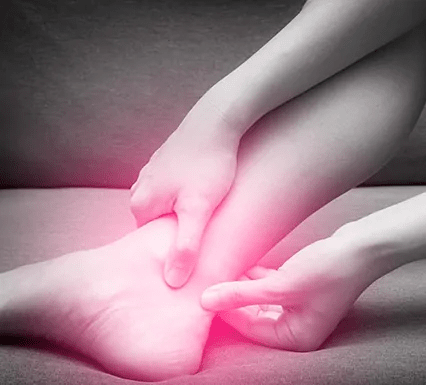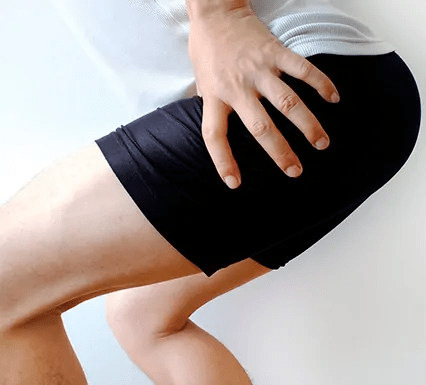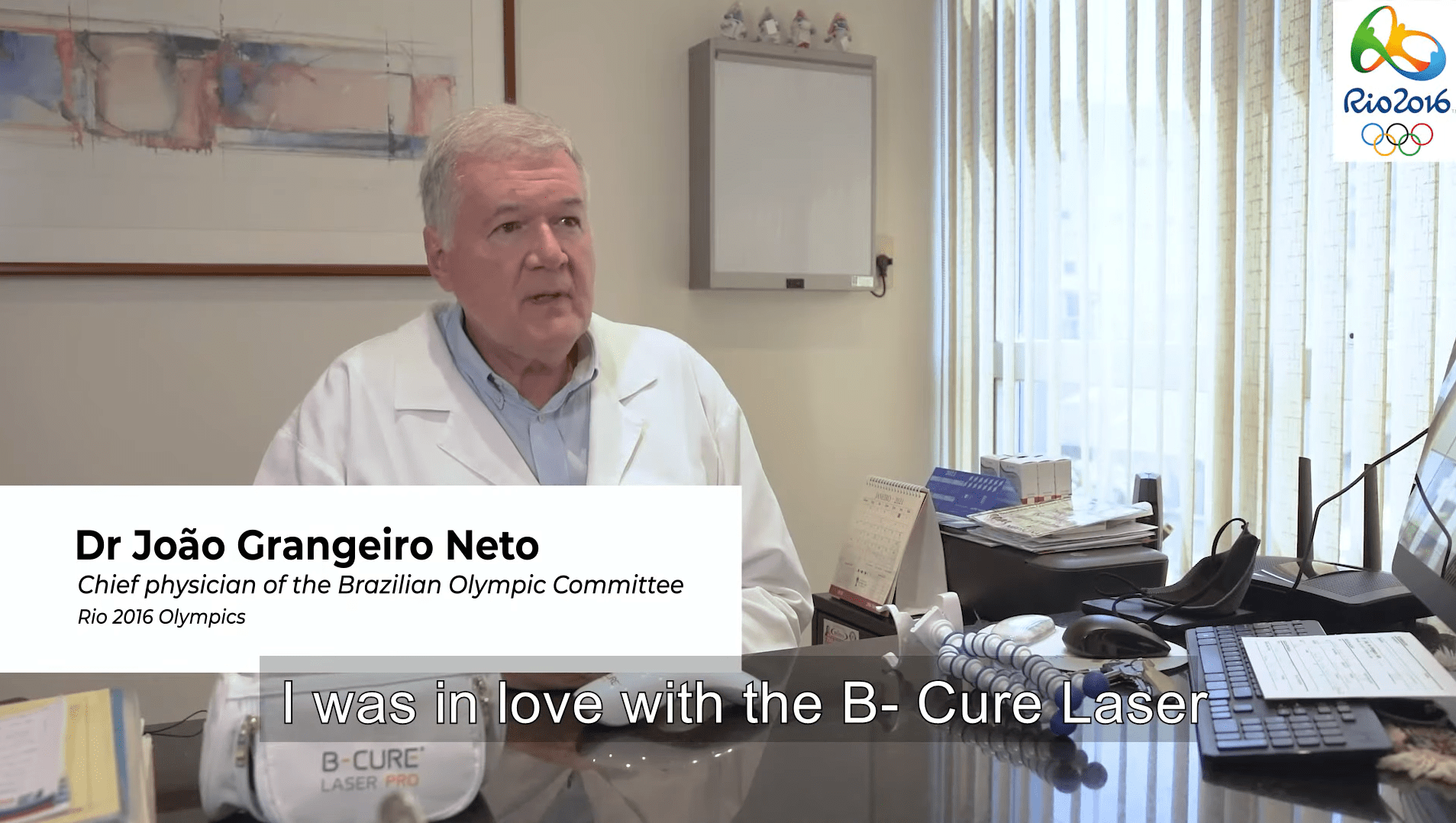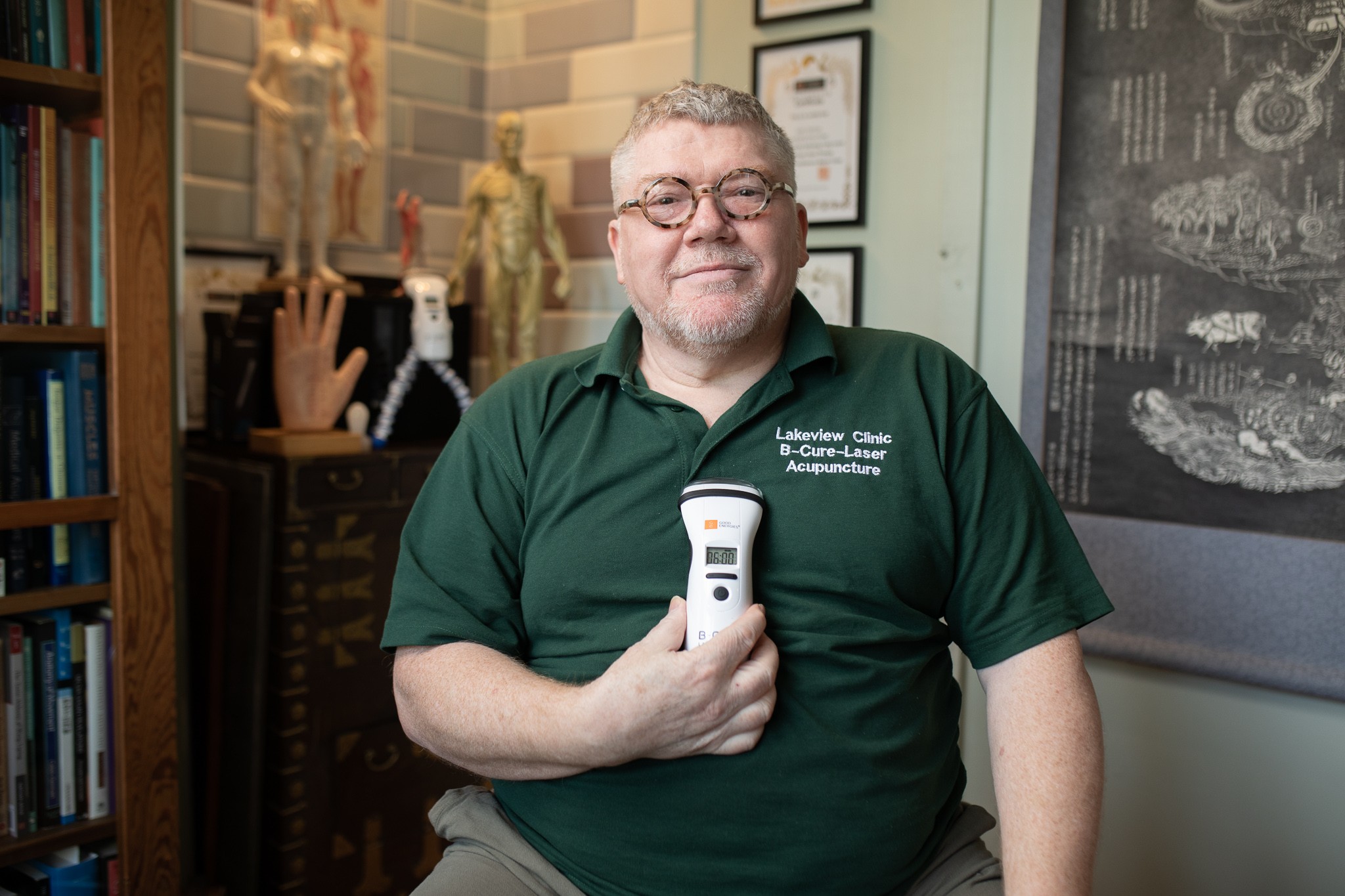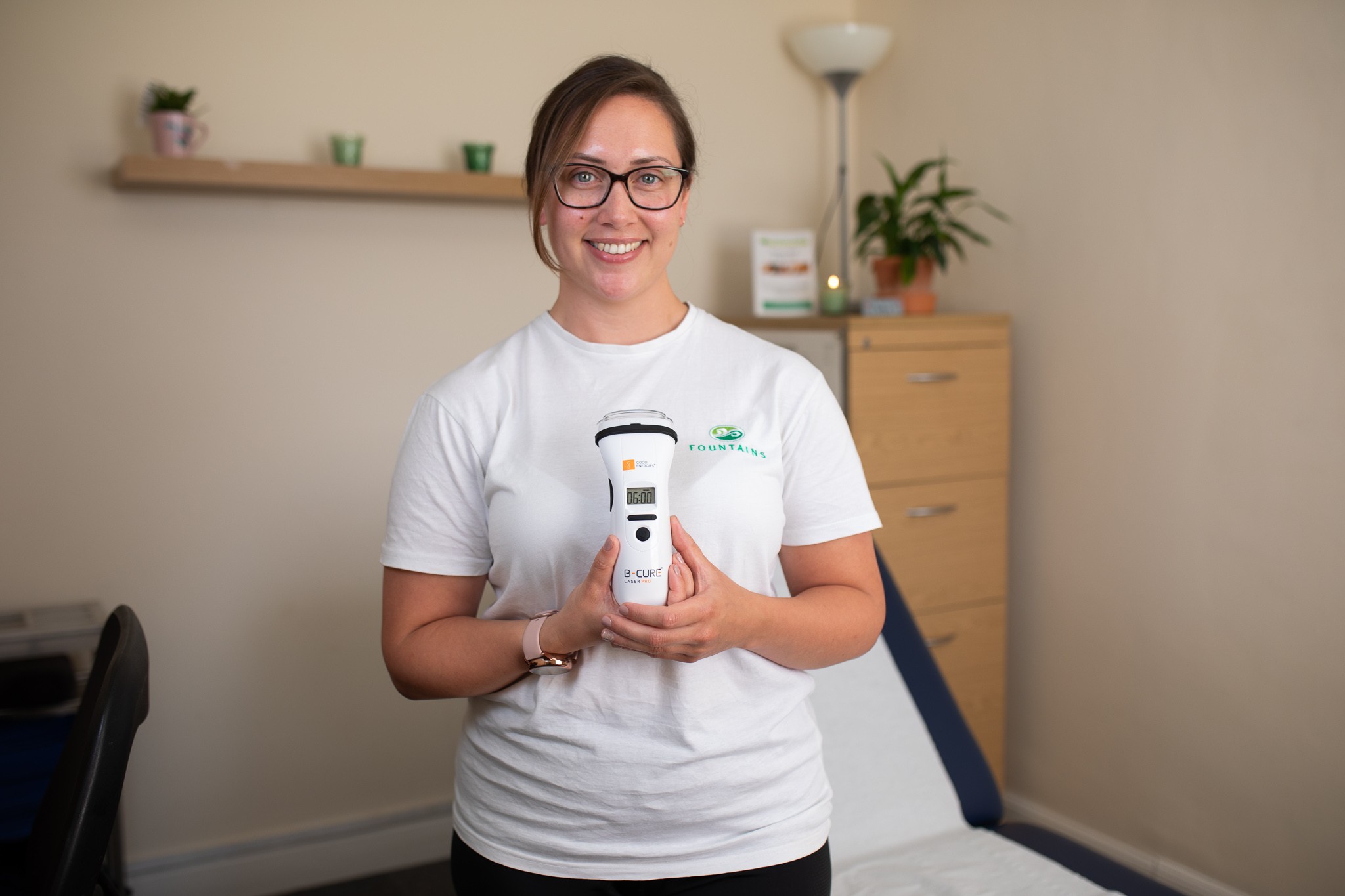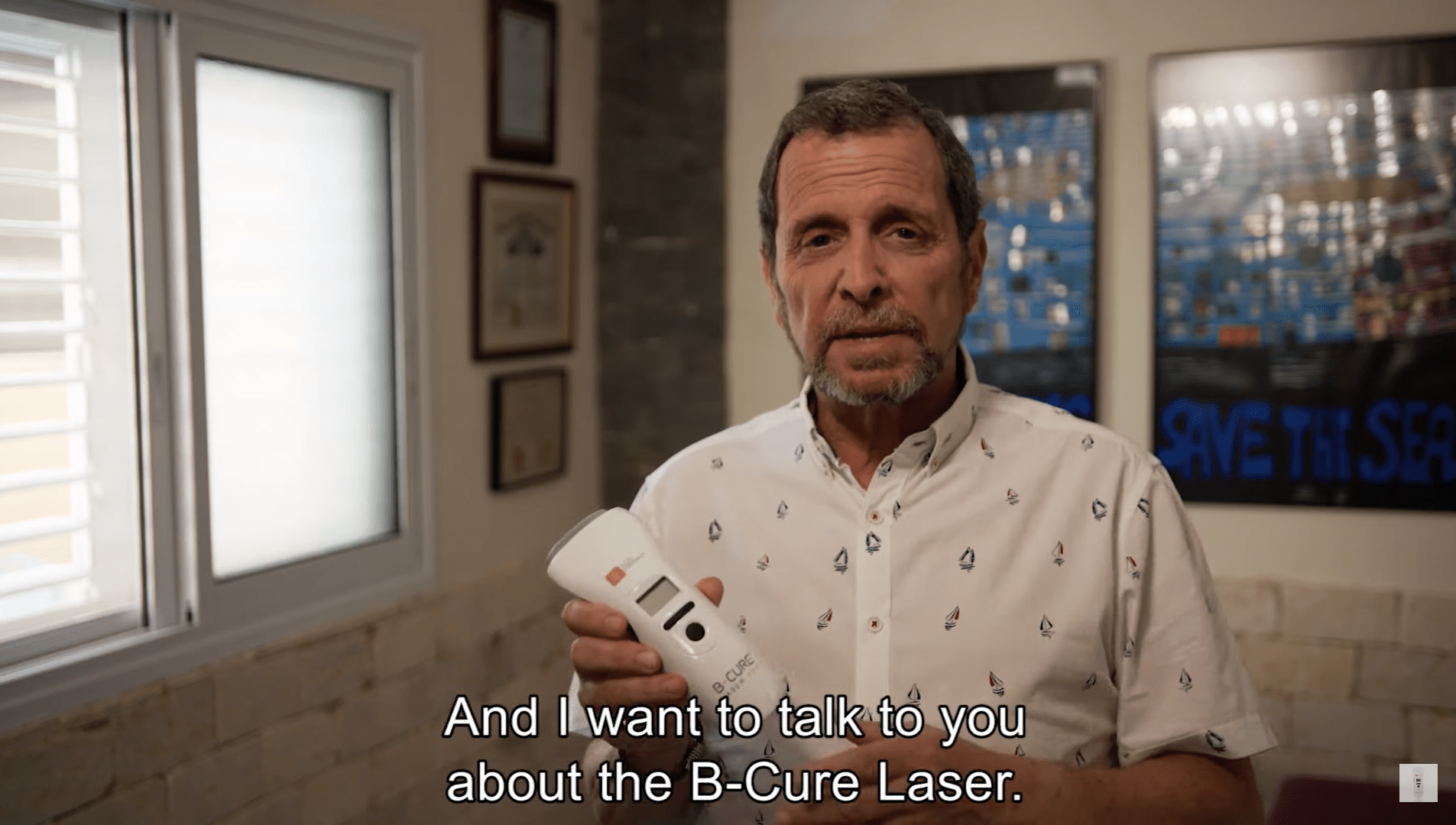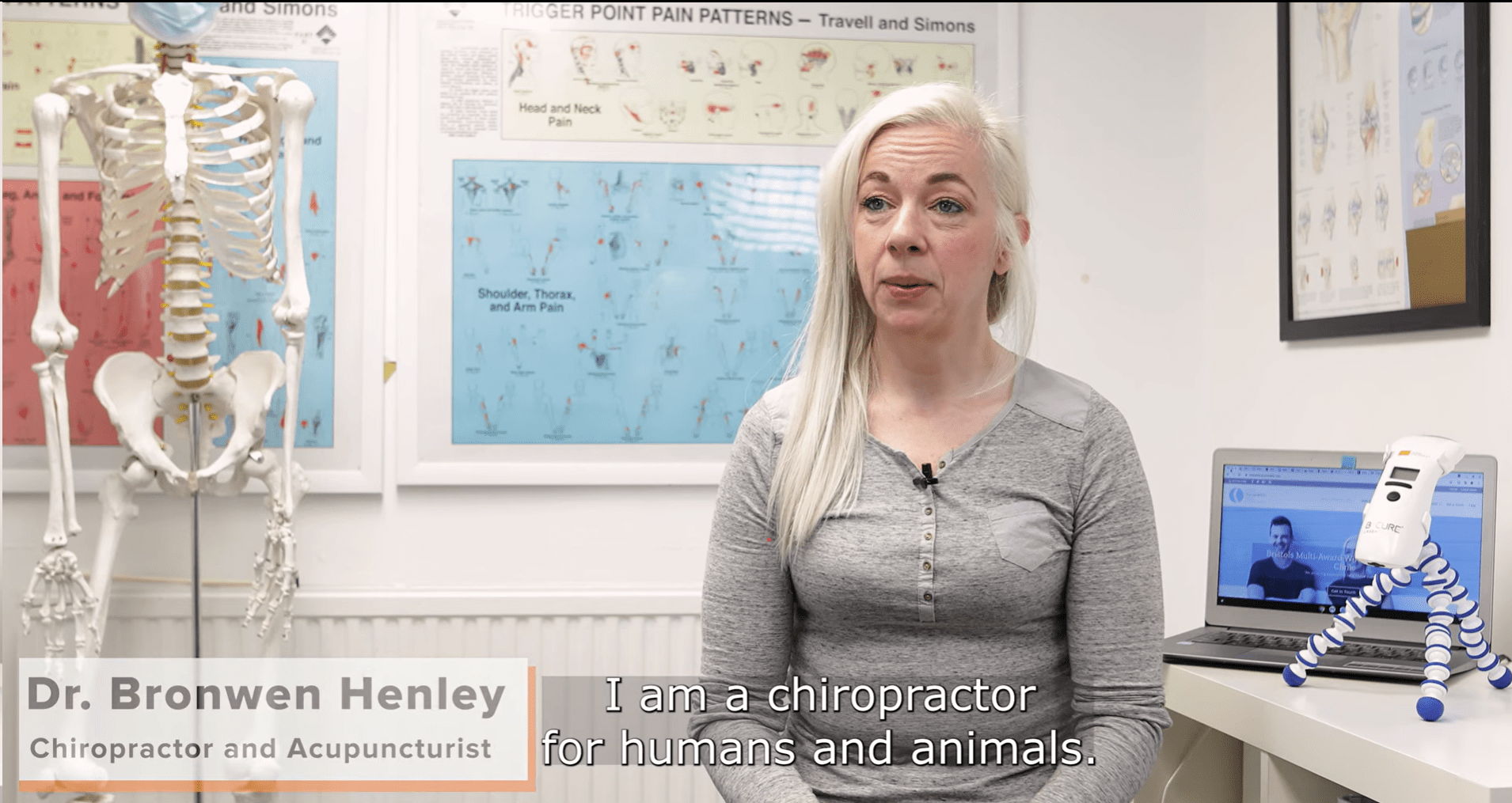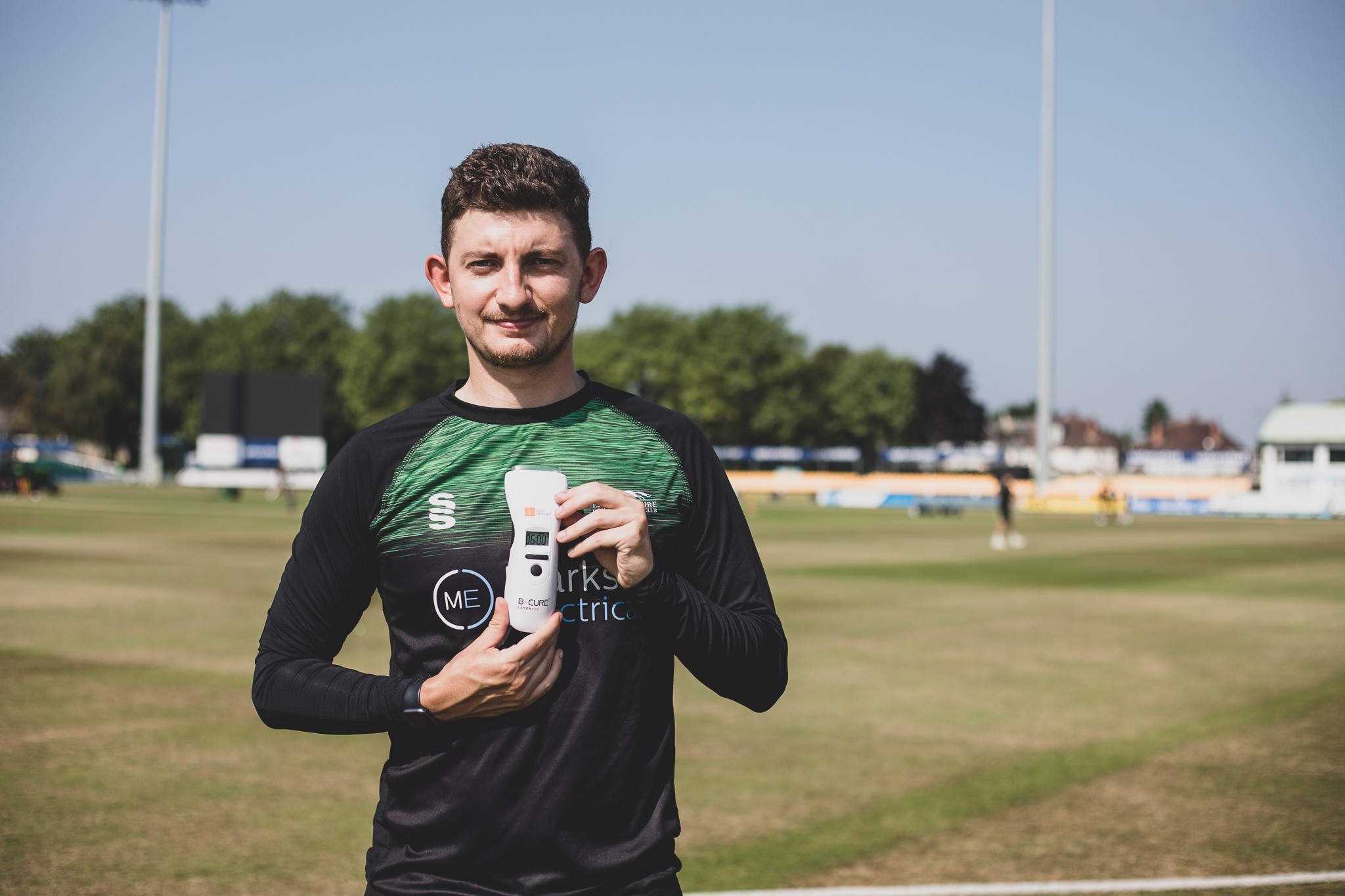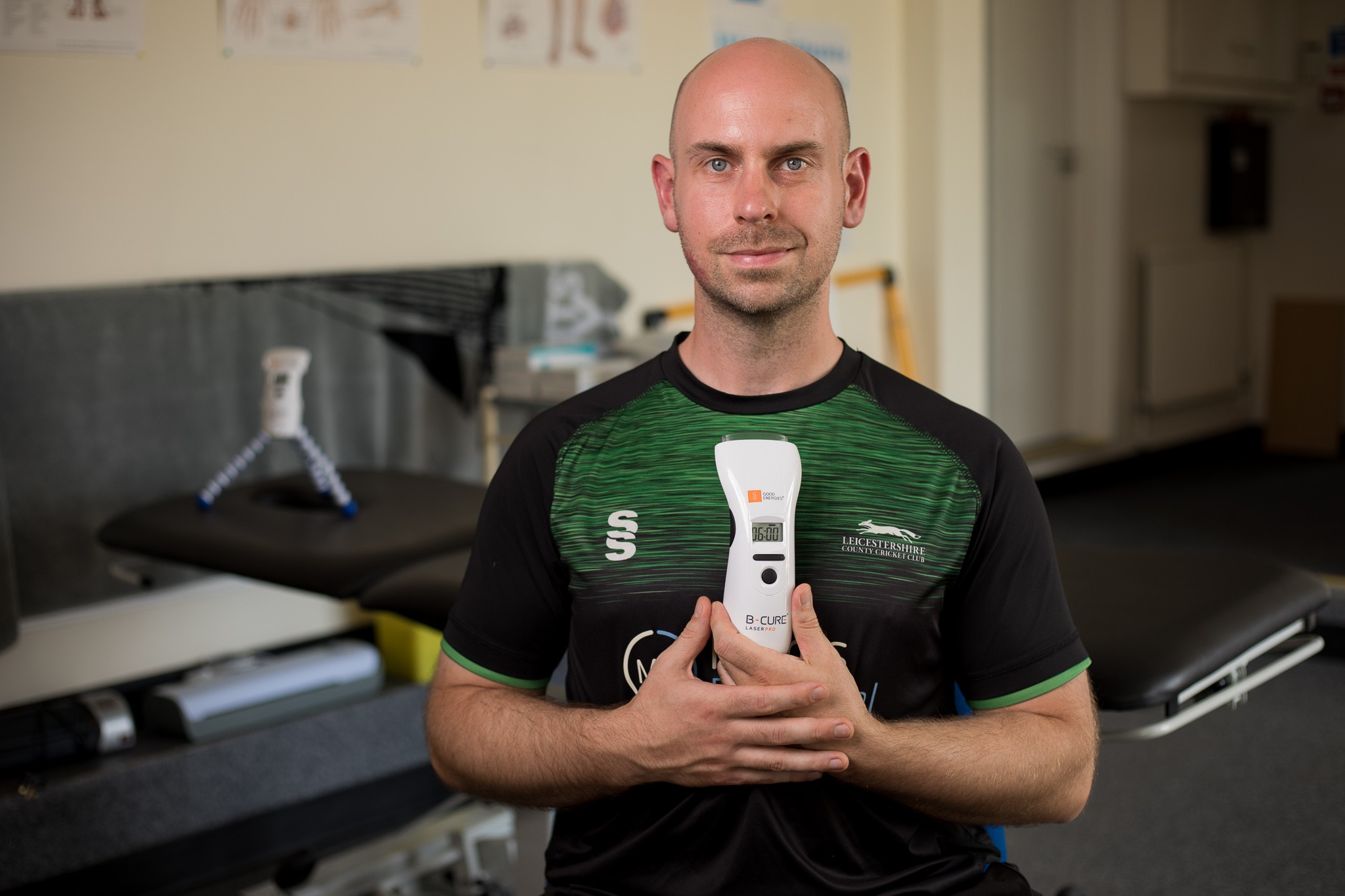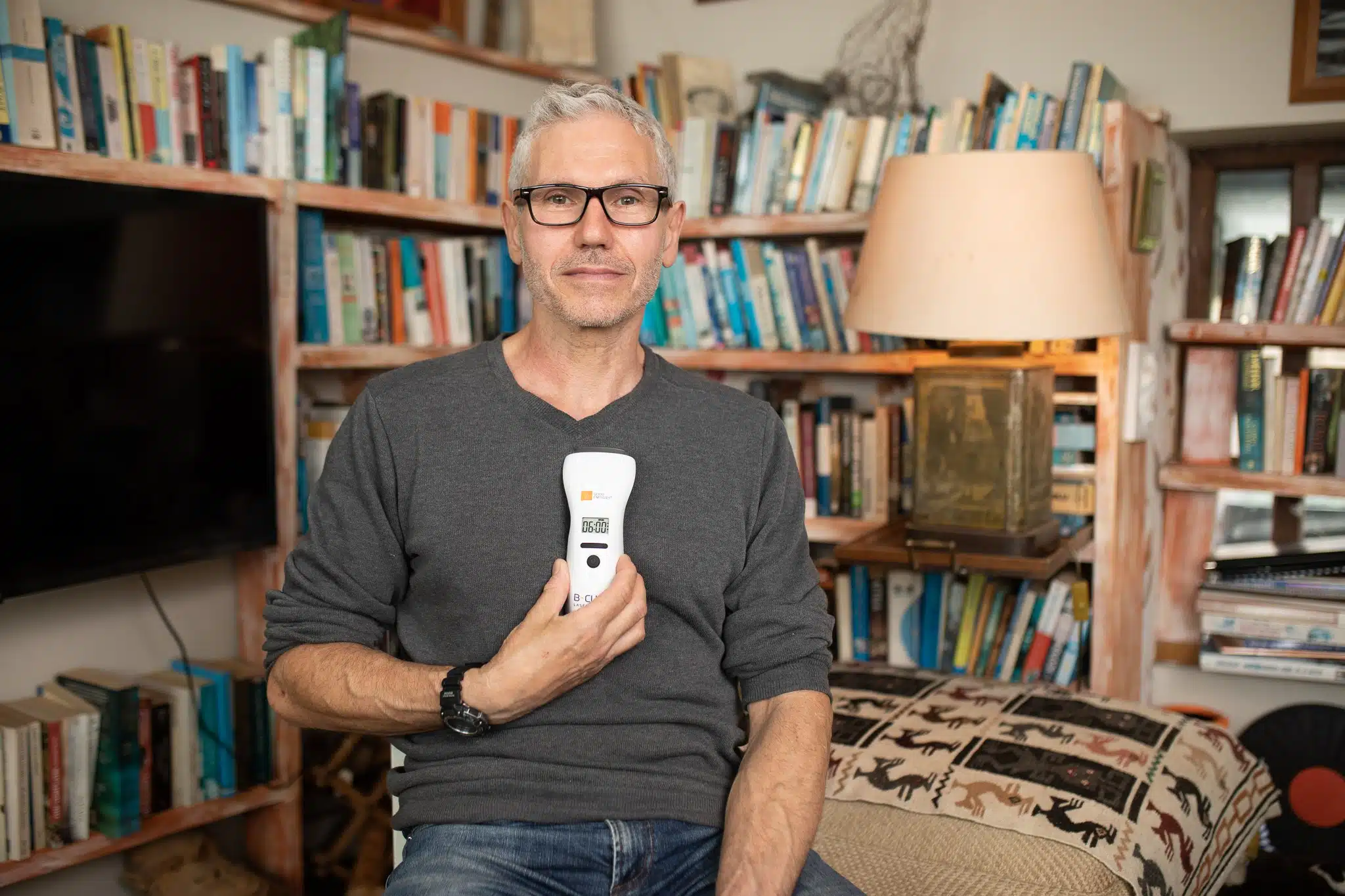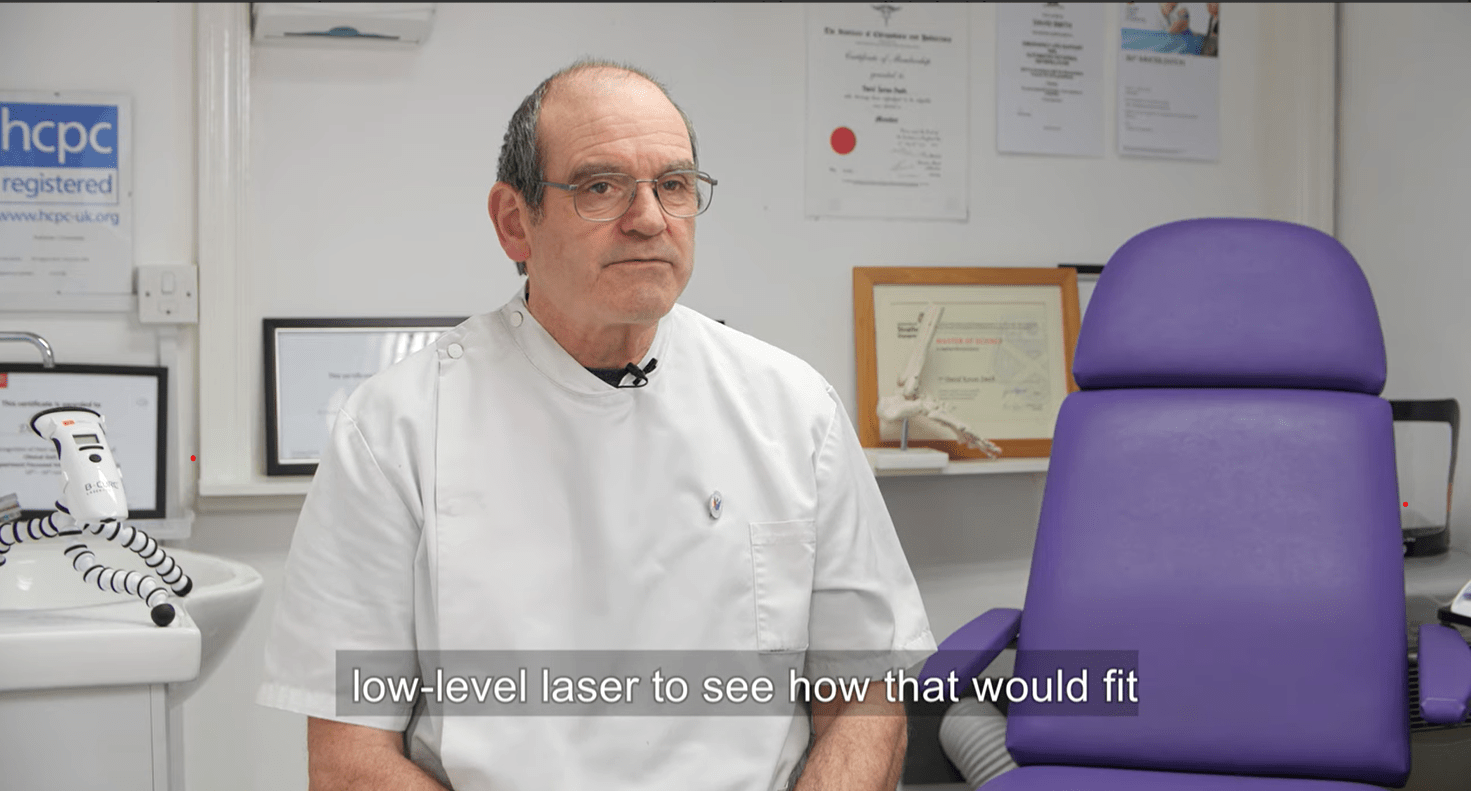Arthritis of the Toe
Arthritis is a common cause of toe joint pain, particularly affecting the base of the big toe at the metatarsophalangeal joint (MTPJ). The constant motion of the big toe during walking makes it susceptible to wear and tear, leading to a condition known as Hallux Rigidus.
Symptoms of arthritis include joint pain, especially noticeable during the ‘push off’ phase of walking, along with inflammation and stiffness. Toe arthritis can sometimes be associated with foot injuries or gout episodes, but it often develops without an apparent cause.
Osteoarthritis of the big toe may arise from issues with foot structure and function, resulting in excessive wear and tear. Traumas like fractures or dislocations of the big toe can also lead to osteoarthritis.
Gout
This condition involves the formation of crystals within the joints, resulting from improper metabolism of uric acid. When uric acid accumulates, these crystals can develop in one or more joints. Symptoms typically include sudden onset of intense pain, often occurring at night, along with inflammation and redness in the affected joint.
Hammer Toe
The middle toe joint bends up, causing the toe to arch.
Mallet Toe
The tip of the toe bends down, preventing the toe from straightening.
Claw Toe
The middle and terminal toe joints bend down, turning the toe into a claw shape. This often affects multiple toes.
Bunions
The big toe gradually deviates inwards, pushing the base of the toe outwards. A hard lump develops on the outer side of the big toe and the toe starts to cross over neighboring toes. Pain is not always present.
Morton’s Neuroma
This is caused by a thickening in the tissue, which surrounds the nerve causing irritation and compression of the nerve. Pain, tingling, and numbness are felt between the toes and the sole of the foot. This may be due to other foot problems such as bunions, Hammer Toe or flat feet and by wearing tight or high-heeled shoes.
Sesamoiditis
This occurs when there is inflammation of the Sesamoid bones and surrounding tendons. The usual causes are wearing of high-heeled shoes, activities that place a lot of pressure on the ball of the foot e.g. ballet, or suddenly increasing activity levels such as running.
Turf Toe
This is a common sports-related injury and like Sesamoiditis is characterized by pain of the big toe joint. The pain stems from a sprain injury, which damages the ligaments of the toe. This condition may cause stiffness, inflammation, and pain at the big toe joint. This is a hyperextension injury where the big toe bends too far, due to sports activities on hard surfaces.
Treatment Options for Toe Joint Pain
- Exercises to strengthen and stretch the foot and ankle
- Orthotics – shoe inserts to correct the foot position
- Steroid injections to reduce pain and inflammation
- Ice packs to reduce pain and inflammation
- Supports – compression bandages or ankle and foot supports or splints
- Toe stretchers specially designed inserts that sit between the toes
- Low-level laser therapy – B-Cure Laser
Use B-Cure Laser to Treat Toe Joint Pain
The B-Cure Laser effectively treats pain, inflammation, and reduces swelling.
This breakthrough laser therapy device harnesses the power of professional clinic lasers in a lightweight, portable design for home use.
Powered by advanced laser technology, B-Cure Laser offers safe and effective treatment, potentially providing lasting pain relief.
When placed in contact with the skin, B-Cure Laser allows photon energy to penetrate tissues, stimulating the body to produce adenosine triphosphate (ATP), which energizes cells. This interaction enhances normal cell function and supports natural bodily processes.
Patients experience accelerated recovery from muscular, skeletal, and nerve injuries as cells regenerate faster and improve function.
Research has proved that using the B-Cure Laser for painful joint conditions provides cells with more energy to perform their functions.
Therapeutic effects of B-Cure Laser
- Increased production of ATP (Adenosine Triphosphate)
- Increased cellular metabolism
- Increased collagen production
- Increased enzyme production
- Increased protein synthesis
- Improved blood circulation
- Improved lymphatic flow and drainage
- Reduced inflammation
All this serves to boost the body’s natural healing power, targeting the root causes of pain and providing rapid relief.
Video: How does B-Cure Laser work? Technology & Innovation
B-Cure Laser is unique due to it’s beam that covers a surface of 4.5 cm², making it possible to treat a wide range of painful conditions easily, effectively and quickly. B-Cure Laser is safe for all ages, and does not require protective eyewear during use.
Videos: Professional Recommendations
What Are the Benefits of B-Cure Laser?
- May reduce chronic pain
- Non-invasive and non-surgical treatment
- Suitable for all ages
- No known side effects
- Clinically proven by many studies
- Easy and safe for home use
Treatment Protocol
Treat along the length of the big toe for a duration of 8 minutes and additionally treat the small toe for a duration of 8 minutes. Also, treat along the line which separates the base of the toes from the sole of the foot.
To make treatment more convenient, use the adjustable stand. Stabilize the device and the stand and treat the area without moving, so that the laser beam penetrates deep into the tissues.
In order to reach optimal results, repeat the treatment at least twice a day.
To learn more about other health conditions that the B-Cure Laser can help manage, please visit our Treatment Guide page.



